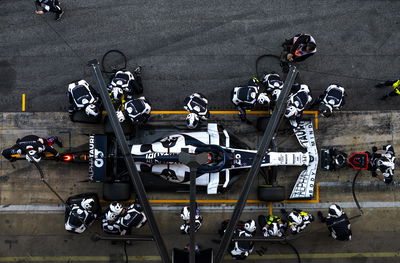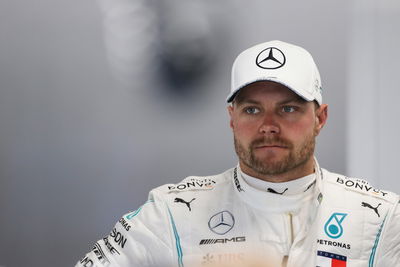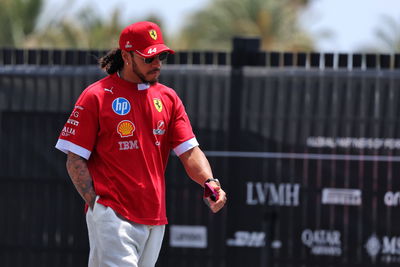This is how F1’s new sliding scale aero development rules work
Formula 1’s cost-cutting package was unveiled in full on Wednesday after gaining approval from the World Motor Sport Council, with a series of major changes announced.
Among the headline measures - aimed at safeguarding the sport and its 10 teams’ futures in the wake of the coronavirus crisis - was a lower than originally pitched $145 budget cap and a new research and development handicap system.
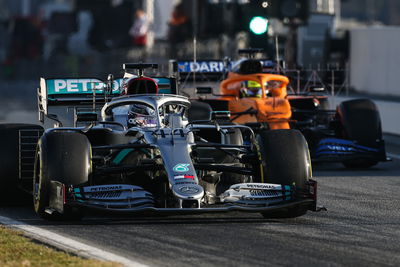
Formula 1’s cost-cutting package was unveiled in full on Wednesday after gaining approval from the World Motor Sport Council, with a series of major changes announced.
Among the headline measures - aimed at safeguarding the sport and its 10 teams’ futures in the wake of the coronavirus crisis - was a lower than originally pitched $145 budget cap and a new research and development handicap system.
The changes come as part of F1’s wider push to help save costs and level the playing field to create greater competition throughout the grid, in conjunction with the major technical regulation overhaul which has been postponed until 2022.
The most eye-catching and radical aspects of the rules package is the plan to limit aerodynamic development for the most successful teams.
It will mark the first time in F1’s history that a sliding scale for aerodynamic testing based on a team’s direct on-track success has been introduced into the regulations.
Rules in years gone by have allowed for unrestricted development and testing, which meant that the bigger teams could pile their resources into constantly running their wind tunnels. This could result in huge performance gains compared with teams which simply could not afford to match such an aggressive development approach.
More recently, rules have been enforced to restrict teams to 65 runs in the wind tunnel per week until this year. For 2021, that will be reduced by more than 30%, with teams limited to just 40 runs each week.
How will the new ‘token system’ work?
A defined benchmark of permitted wind-tunnel time and R&D will be dependent on the team’s finishing position from the previous year’s championship.
Based on the assumption that the pecking order remains the same in 2020 and Mercedes triumphs to a seventh successive constructors’ world title, then in 2021 the German manufacturer would be allowed 90 percent of that quota.
There will be a subsequent sliding scale at 2.5% increments filtered across the rest of the grid, with the team that finishes last getting 112.5%.
From 2022 onwards, the team which wins the championship will be permitted 70% of the total allowance, with 5% increments so that the team which is last is allowed 115%.
Any new team that enters the championship will be provided the same allowance as the team which finished last the previous year.
| New sliding scale of aerodynamic development for F1 | ||||
| Teams' previous championship position | % of current aero testing allowed 2021 | Average number of runs per week 2021 | % of current aero testing allowed 2022-25 | Average number of runs per week 2022-25 |
| 1 | 90 | 36 | 70 | 28 |
| 2 | 92.5 | 37 | 75 | 30 |
| 3 | 95 | 38 | 80 | 32 |
| 4 | 97.5 | 39 | 85 | 34 |
| 5 | 100 | 40 | 90 | 36 |
| 6 | 102.5 | 41 | 95 | 38 |
| 7 | 105 | 42 | 100 | 40 |
| 8 | 107.5 | 43 | 105 | 42 |
| 9 | 110 | 44 | 110 | 44 |
| 10 or new team | 112.5 | 45 | 115 | 46 |
Will the changes have the desired effect?
F1 Head of Aerodynamics Jason Somerville, who has been working on the new regulations for 2022, said that while the changes won’t necessarily level the playing field in the space of a year, he is convinced they will be reflected with a convergence of performance “over the course of a few seasons”, leading to an eventual “closing of the grid”.
“It won’t quite be a reset, but there will be a few modifications to the rules so when they start in January, they’re almost going to be starting from zero again,” he explained. “Then it’s up to you as a team to decide how you use your wind tunnel runs.
“If you’re Mercedes, how many of your 28 runs do you devote to your 2021 car and how much do you devote to 2022? That’s a difficult decision. Depending on where you are in the competitive order, you may not want to give up on the current car.”
The move is expected to impact the likes of Mercedes, Ferrari and Red Bull more than the rest of the grid, forcing them to become more efficient than ever before.
Racing Point technical director Andrew Green has predicted that F1’s new rules will make the top teams “dinosaurs” and end the need for large operational approaches in the sport.
“I think those teams now are dinosaurs. You’ve got to be small, lean, efficient, and I think that’s our strength,” Green told the official Formula 1 website.
“As far as the financial side of the regulations are concerned, I think they’re coming to us.
“They’re definitely going to allow us to be able to compete with what used to be big teams because they can’t be big teams anymore. They’re going to have to come back down, get much closer to our level.”
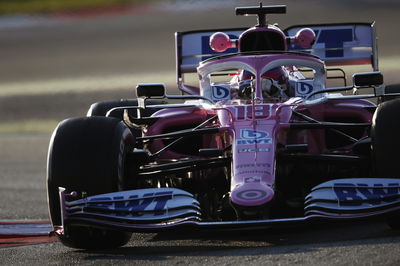
While increasing the size of Racing Point’s operation would have been attractive for the Silverstone-based squad - which is to re-brand as the Aston Martin works squad for 2021 - in the past, Green stressed the approach will no longer be required in order to be competitive.
He added: “It’s one of the first discussions that we had - what do you need? What should we be doing?”
“With a view to not becoming one of these big monster Formula 1 teams, to try and maintain the efficiency and the size that we currently have, which we really felt was a proper sweet spot as far as team size is concerned.
“We didn’t want to suddenly expand from 450 people to 800, 900 people. That was never on the wish list.”
In addition to the aforementioned changes, the delay to the 2022 technical regulations means teams will be required to carry over their 2020 cars to race in 2021 as well.
This will result in a freeze on a large list of components between 2020 and 2021, including the chassis, gearbox and other major mechanical components and impact structures.
From 2020, there will also be limitations on engine development over the next two years, which will see the hours permitted on a dynamometer test bed and the number of power unit upgrades per season restricted.
